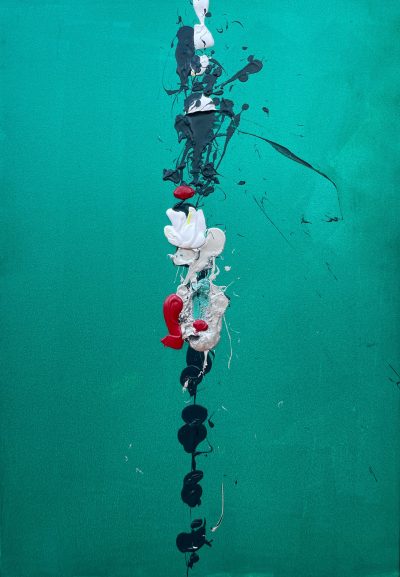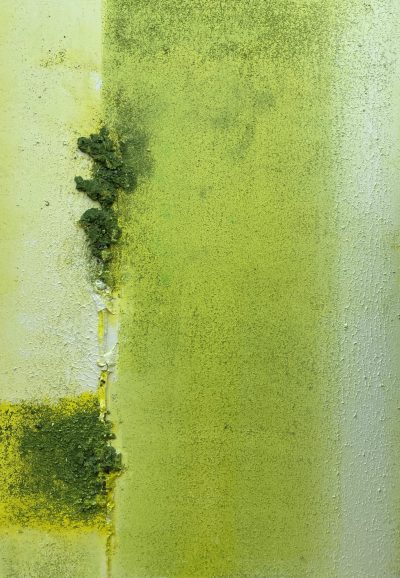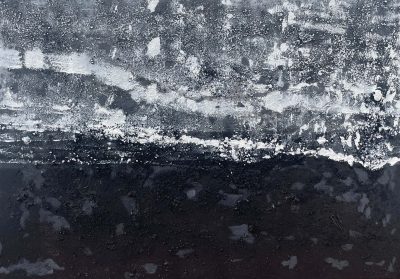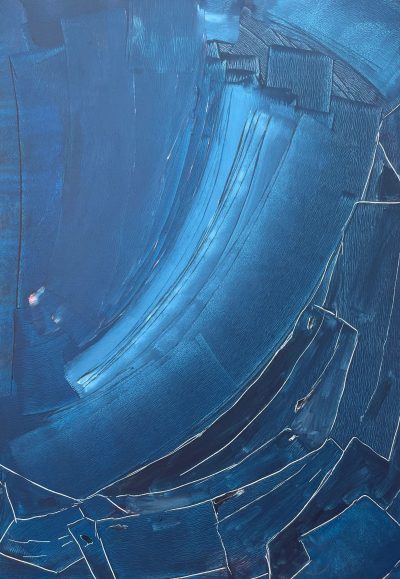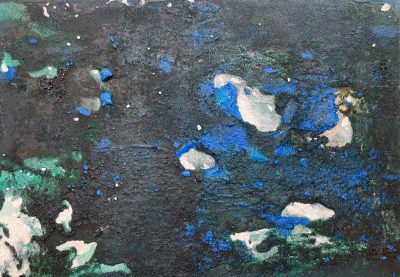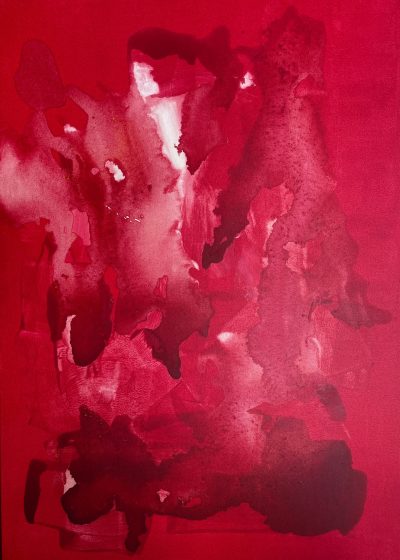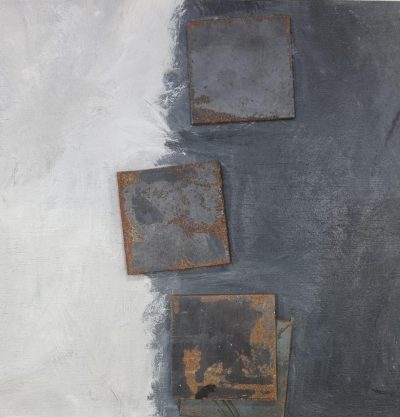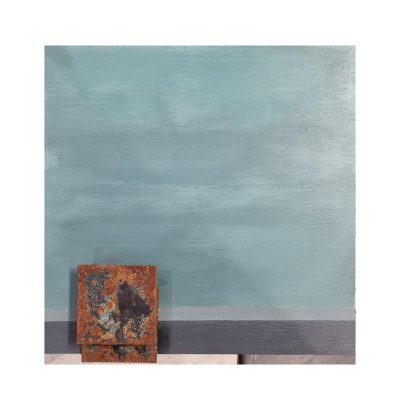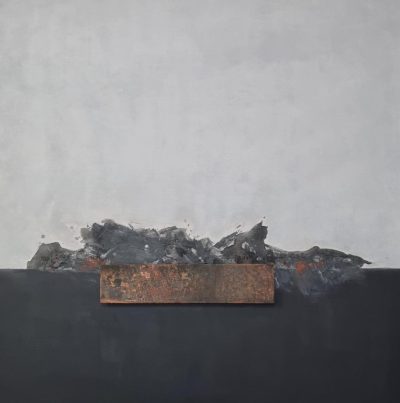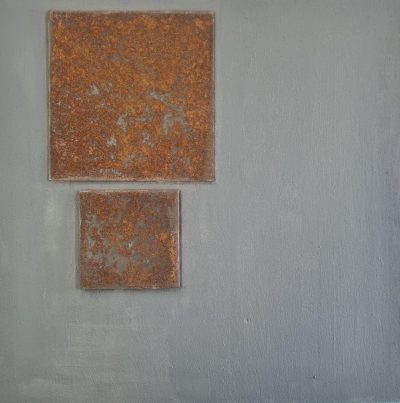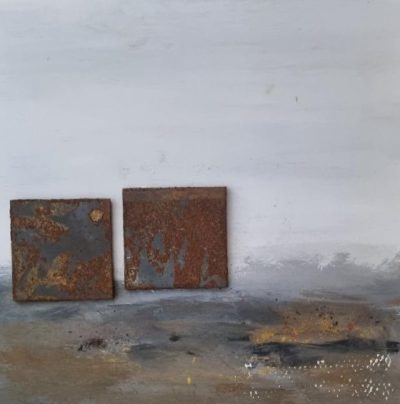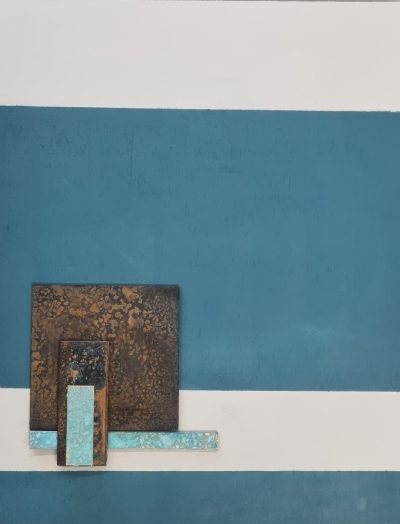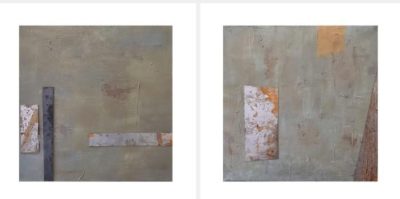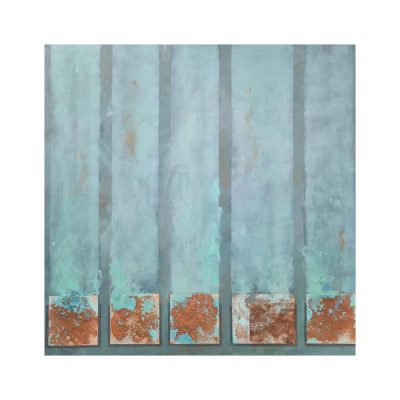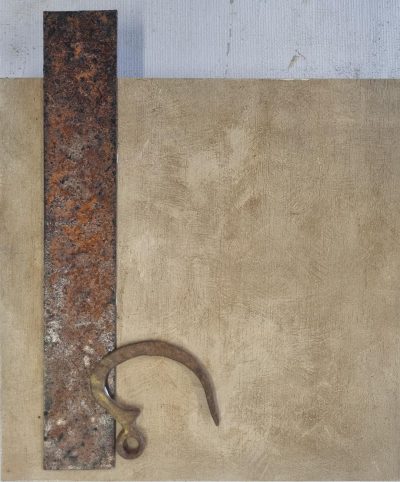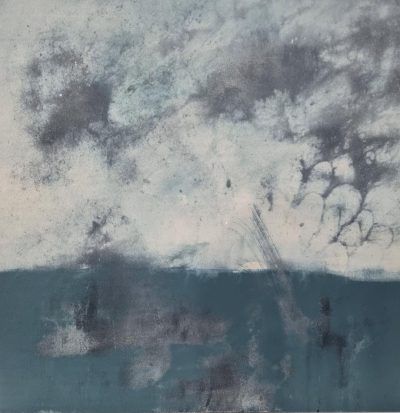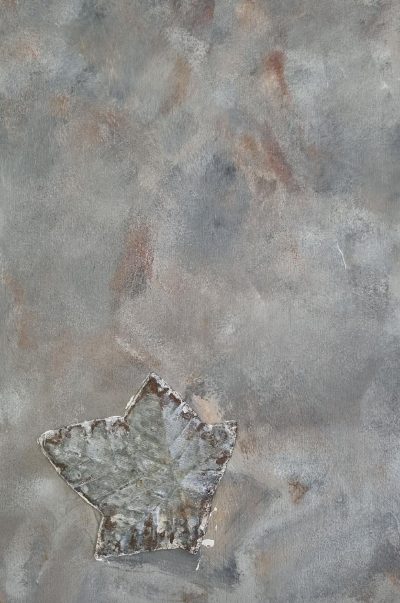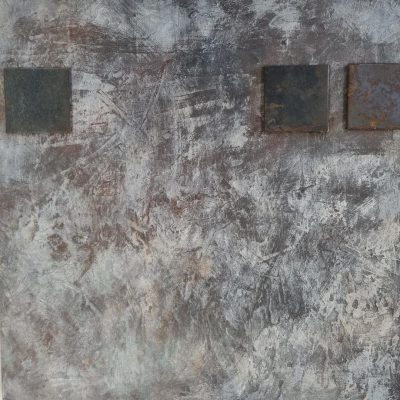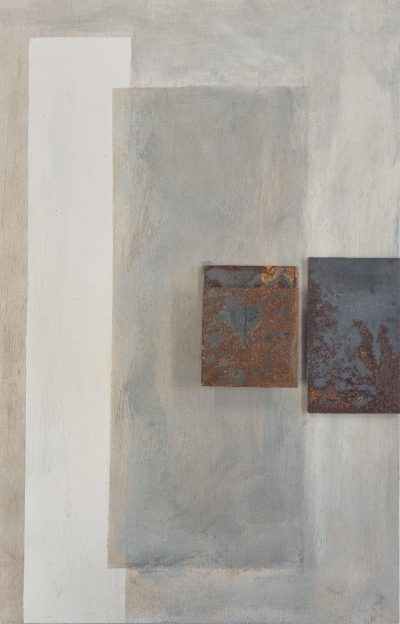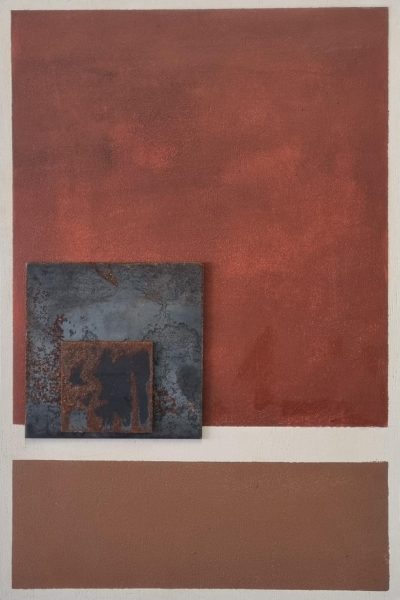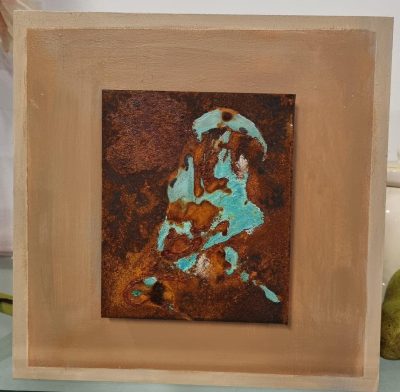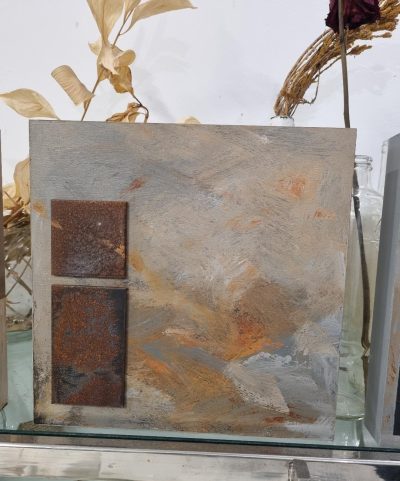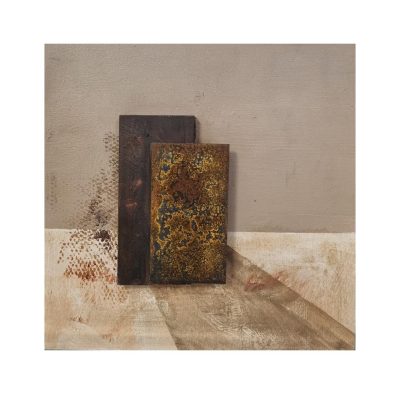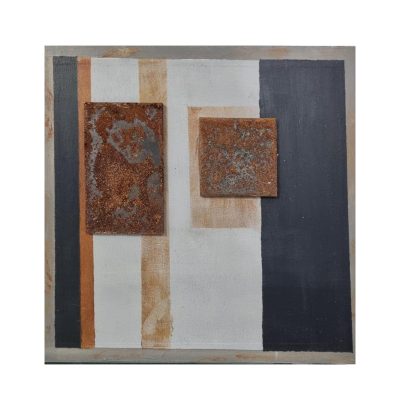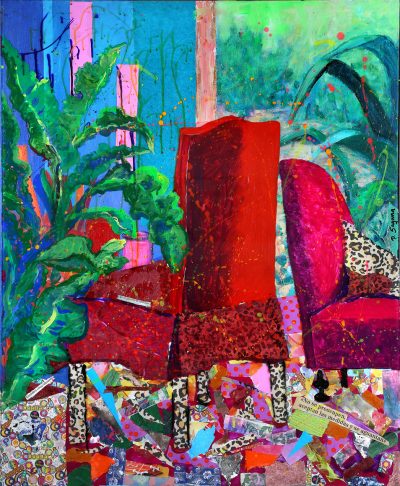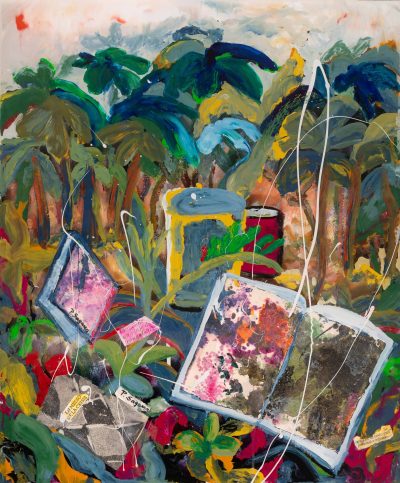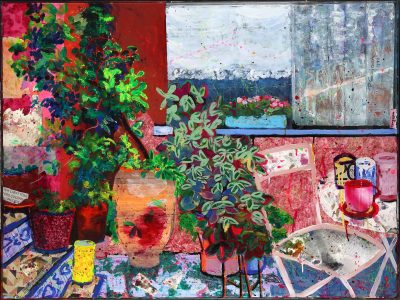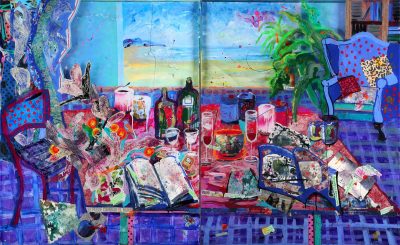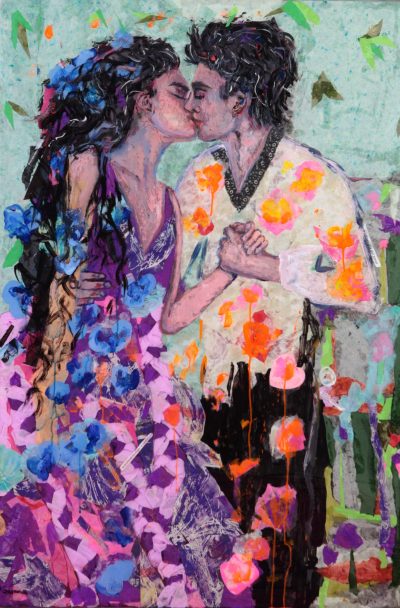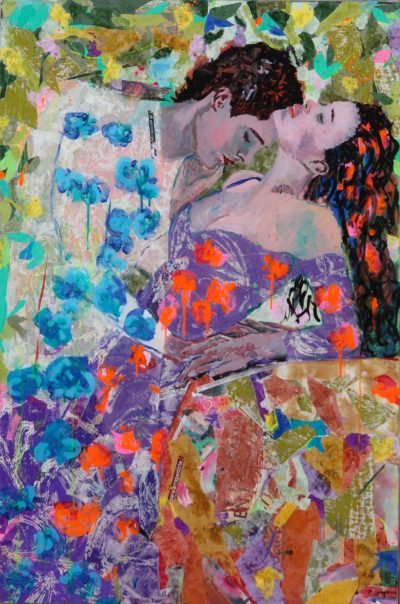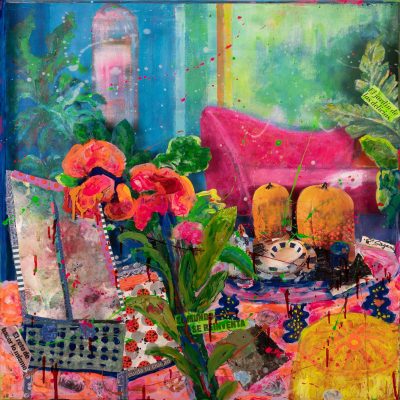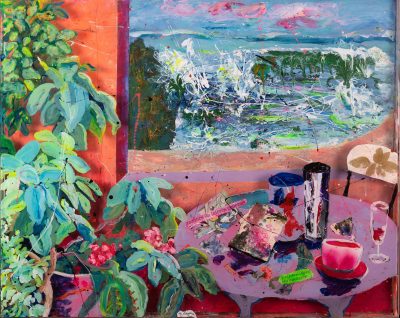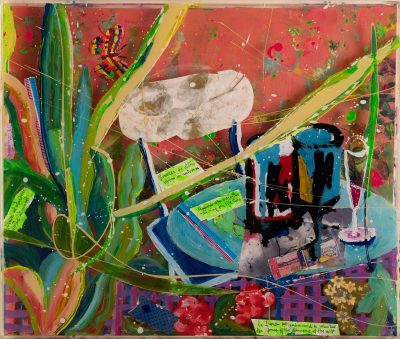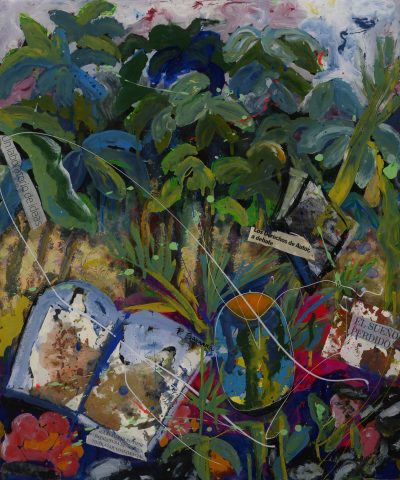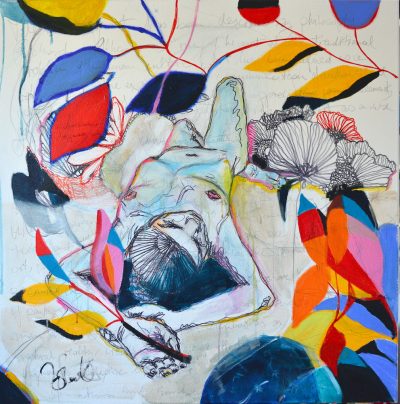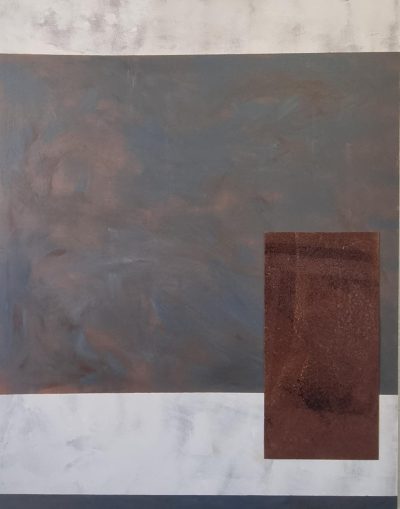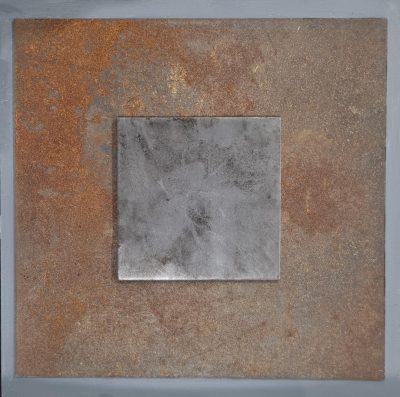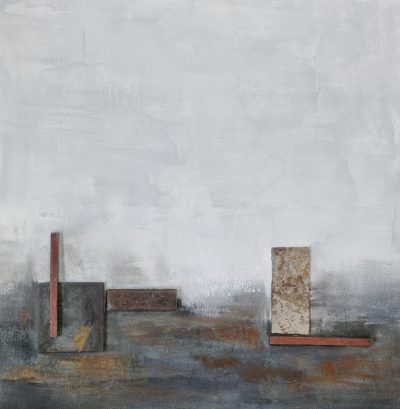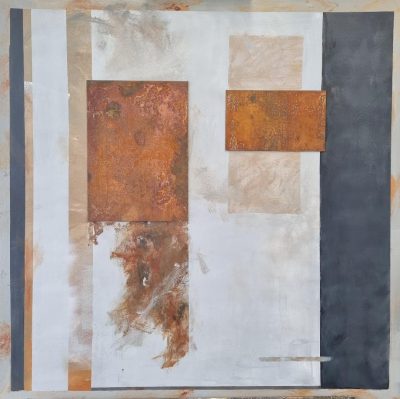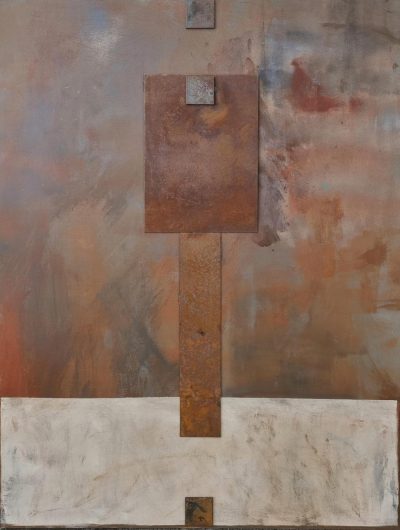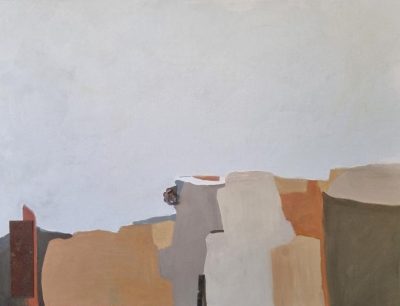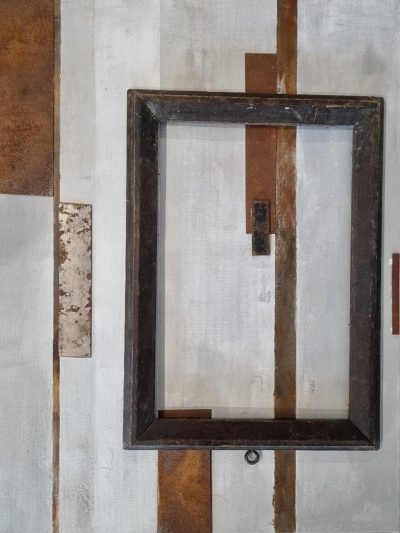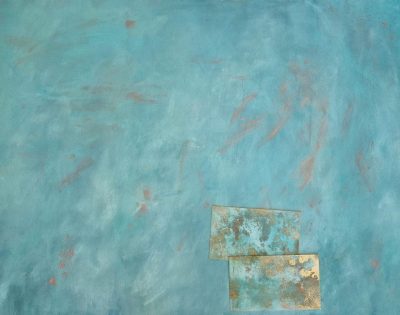Abstract
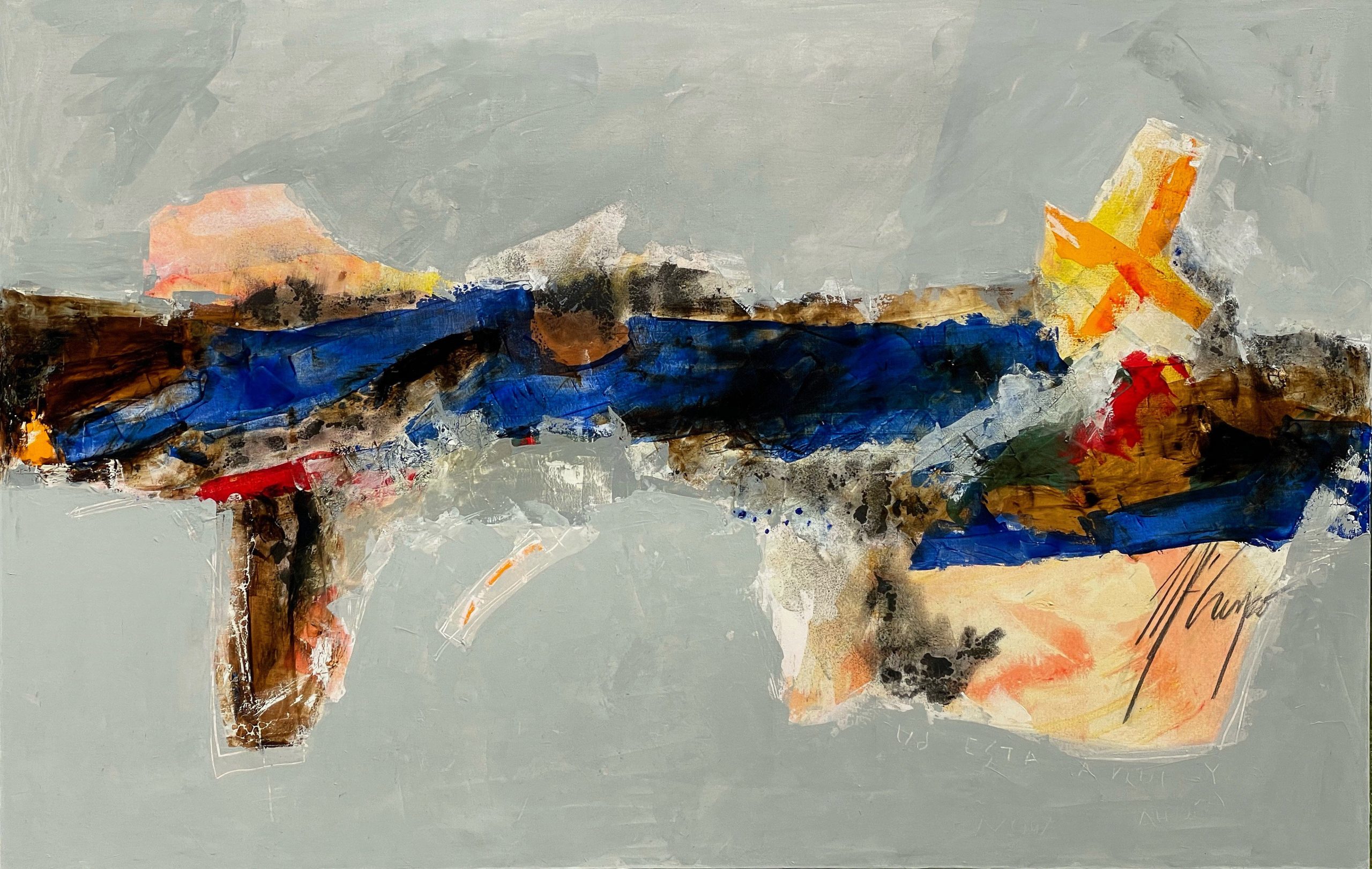

Abstract art is the opposite of figurative art (i.e. the representation of identifiable objects by means of recognisable images). Therefore, abstraction does not represent concrete “things” in nature, but proposes a new reality. It proposes a “pure art” looking beyond our reality.
Although we have had examples of abstraction since the first art produced by mankind (from prehistoric caves to the decorations in Romanesque churches), it is officially Kandinsky who was the first to theorise about it (apart from the Neo-Plasticists or the Suprematists, and a little earlier, isolated figures such as Hilma af Klint).
Abstract art exists independently of reality, it distances itself from it. Abstract art does not represent anything in reality, but since that is impossible (even a blank canvas represents something!), abstract artists have (and still do) follow two different paths:
On the one hand to expressive abstract art: subjective and spontaneous, sometimes improvised, where the protagonism belongs to the expressiveness of the artist, who dispenses with structure and turns to the gesture, the material and the feeling provoked by the work. It is therefore highly ambiguous and interpretable.
On the other hand, there is geometric abstract art: which aims to be objective and universal, planned, in which the composition is structured and which avoids all expressiveness through the use of geometry. It tends to advocate an impersonal style and aims to evoke clarity and precision.
Teguise – Lanzarote – Las Palmas
Showing 1–120 of 305 results
-
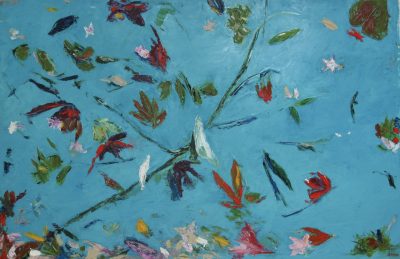 BUY
BUYRestos de Primavera
1.123,50€ 27.58 X 39.4 inch -
 BUY
BUYMirando para arriba
139,10€ 9.85 X 12.61 inch -
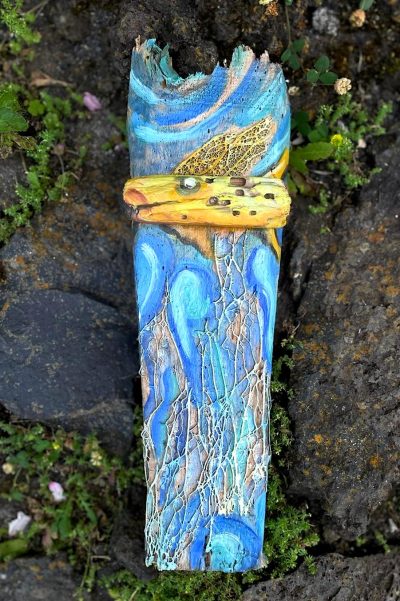 BUY
BUYPequeño pez tunero
117,70€ 9.46 X 3.55 inch -
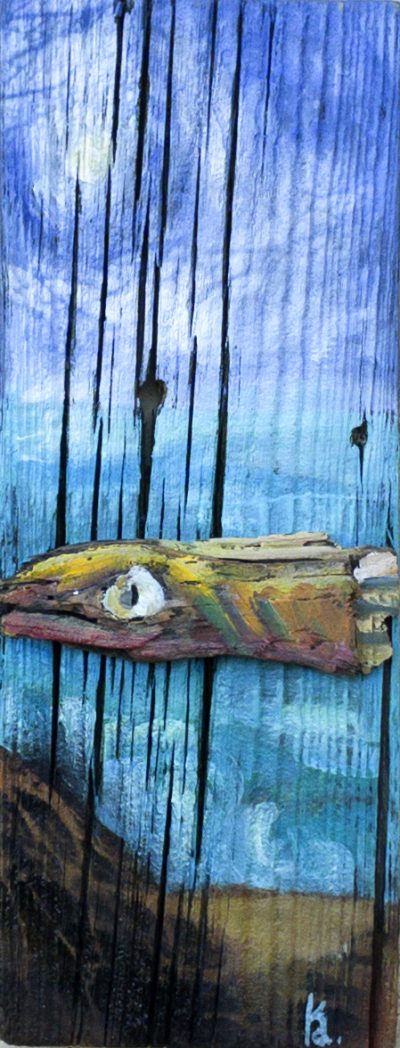 BUY
BUYPez volador atravesado II
139,10€ 13.79 X 5.12 inch -
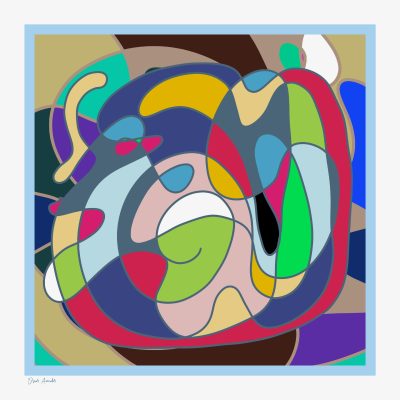 BUY
BUYPensamiento de un Camaleón
428,00€ 20.88 X 20.88 inch -
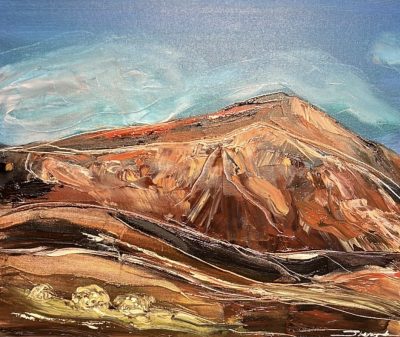 BUY
BUYVolcanes de Lanzarote
1.712,00€ 19.7 X 23.64 inch -
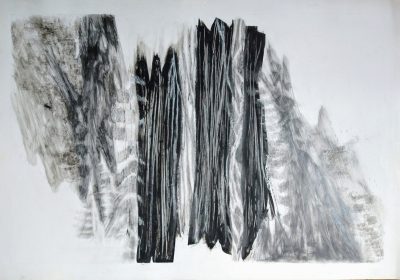 BUY
BUYSerie Restos, Lo que pulsa por salir I
1.337,50€ 27.58 X 19.7 inch -
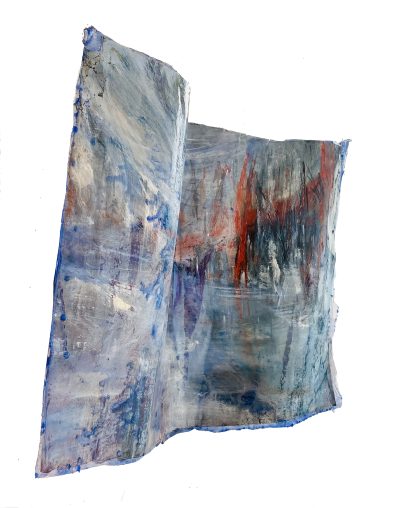 BUY
BUYOla
2.675,00€ 21.28 X 31.52 inch -
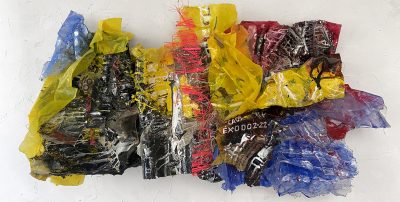 BUY
BUYÉxodo 2-22
5.350,00€ 28.37 X 57.52 inch -
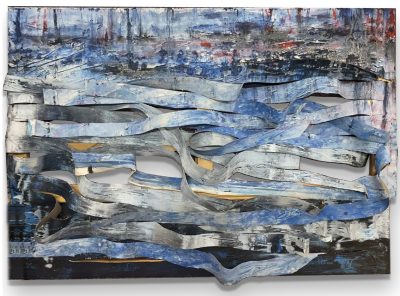 BUY
BUYArriving in port
3.210,00€ 31.52 X 45.7 inch -
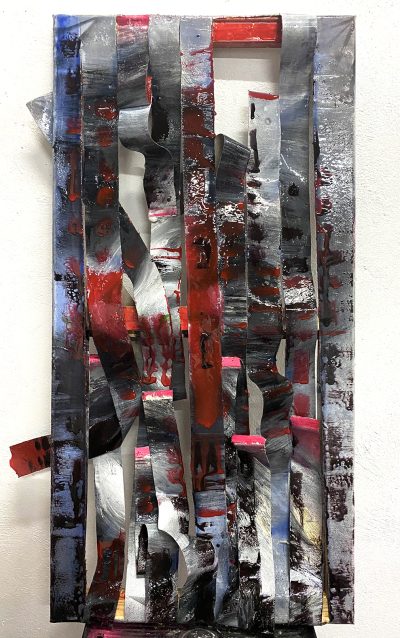 BUY
BUYlanzarote
2.675,00€ 39.4 X 23.64 inch -
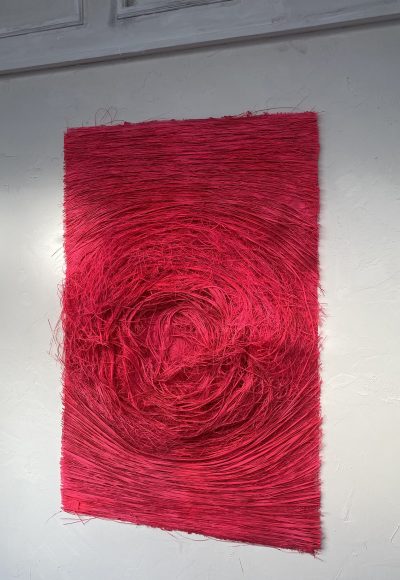 BUY
BUYUniverse
5.885,00€ 55.55 X 36.25 inch -
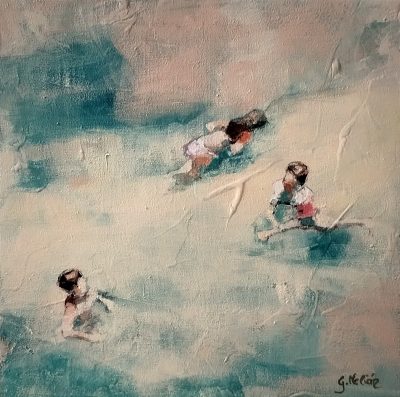 BUY
BUYSerie Anatomía de una playa II
133,75€ 7.88 X 7.88 inch -
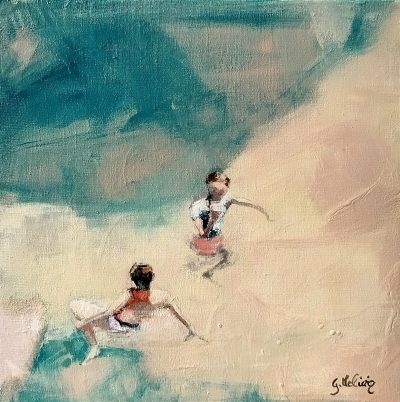 BUY
BUYSerie Anatomía de una playa III
133,75€ 7.88 X 7.88 inch -
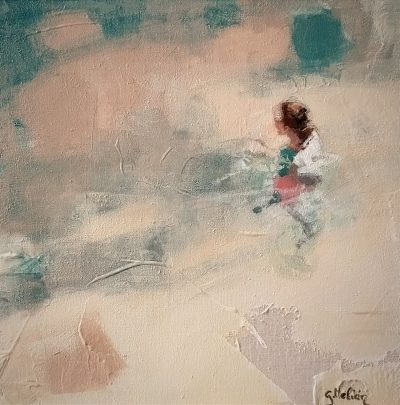 BUY
BUYSerie Anatomía de una playa IV
133,75€ 7.88 X 7.88 inch -
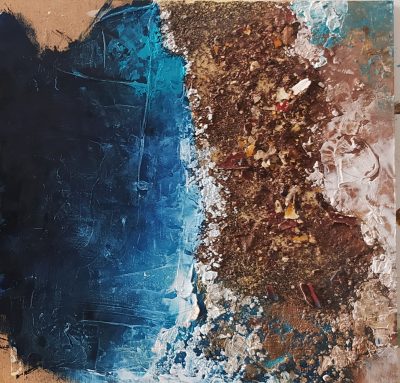 BUY
BUYMosaico S/T (6 piezas, derecha III)
128,40€ 7.88 X 7.88 inch -
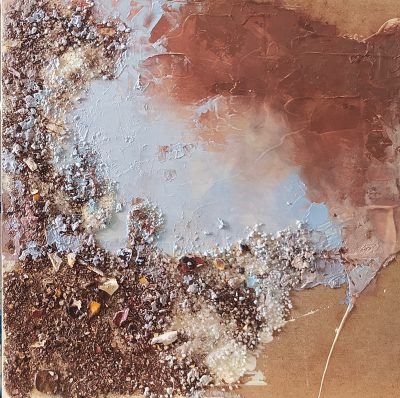 BUY
BUYMosaico S/T (6 piezas, derecha I)
128,40€ 7.88 X 7.88 inch -
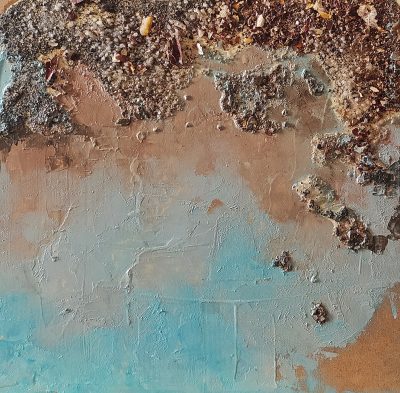 BUY
BUYMosaico S/T (6 piezas, izquierda I)
128,40€ 7.88 X 7.88 inch -
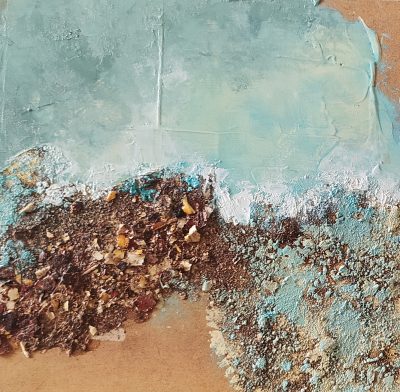 BUY
BUYMosaico S/T (6 piezas, izquierda II)
128,40€ 7.88 X 7.88 inch -
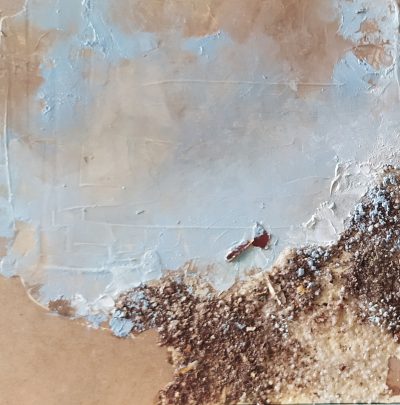 BUY
BUYMosaico S/T (6 piezas, izquierda III)
128,40€ 7.88 X 7.88 inch -
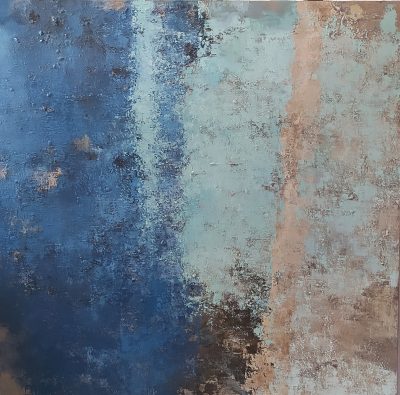 BUY
BUYLas Horas del Azul I (izquierda)
1.872,50€ 48.07 X 48.07 inch -
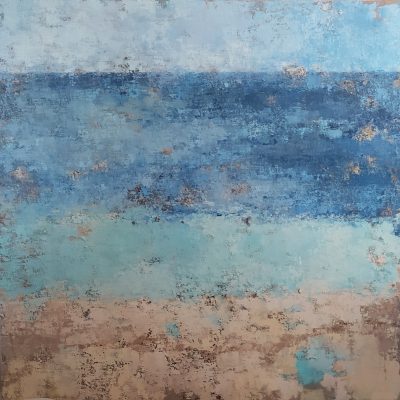 BUY
BUYLas Horas del Azul II (derecha)
1.872,50€ 48.07 X 48.07 inch -
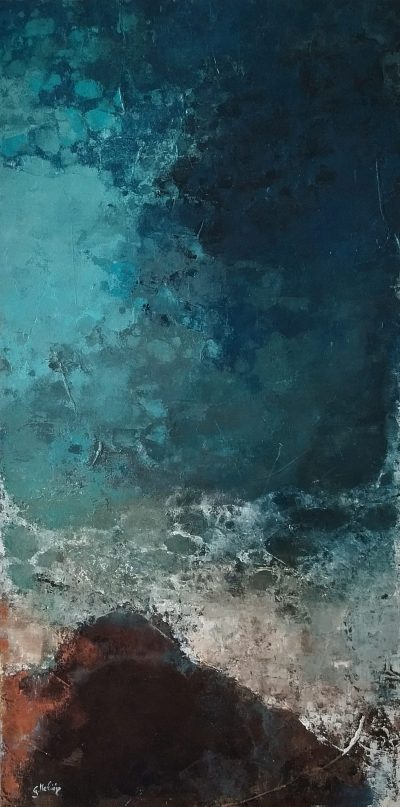 BUY
BUYS/T
1.016,50€ 27.58 X 13.79 inch -
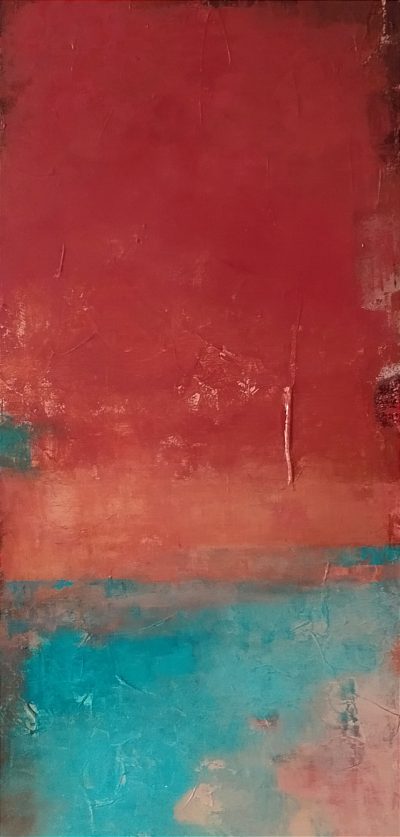 BUY
BUYS/T
1.016,50€ 27.58 X 13.79 inch -
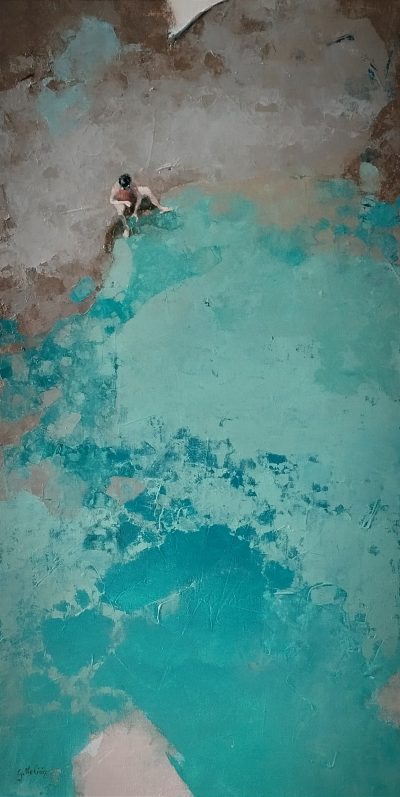 BUY
BUYS/T
1.016,50€ 27.58 X 13.79 inch -
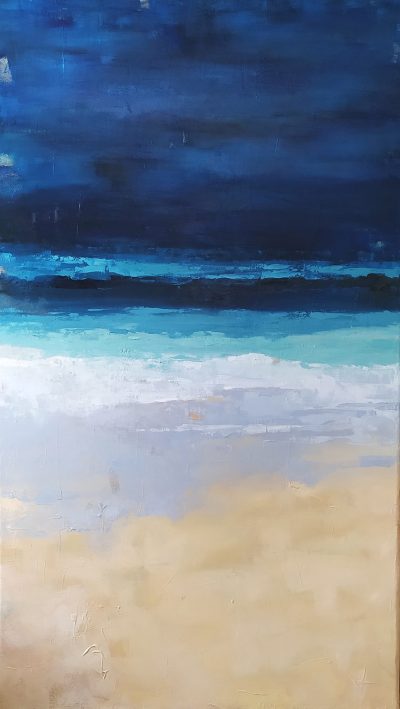 BUY
BUYDíptico S/T (izquierda)
2.996,00€ 63.04 X 35.46 inch -
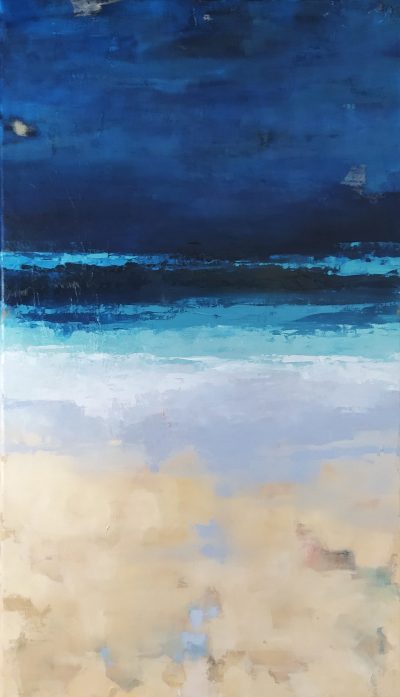 BUY
BUYDíptico S/T (derecha)
2.996,00€ 63.04 X 35.46 inch -
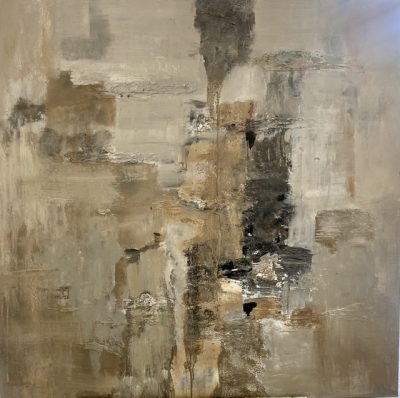 BUY
BUYReminiscencias de Pompeya
856,00€ 39.4 X 39.4 inch -
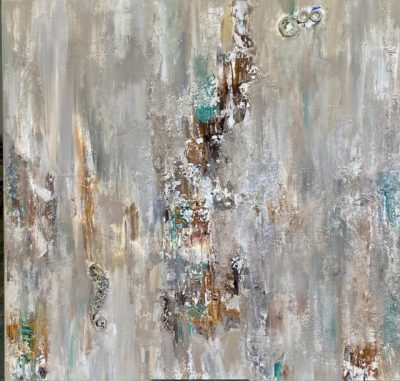 BUY
BUYSerie Tierras de Pompeya
856,00€ 31.52 X 31.52 inch -
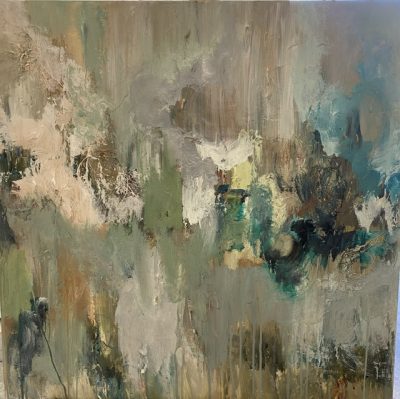 BUY
BUYPaisajísmo japonés
749,00€ 27.58 X 27.58 inch -
 BUY
BUYTexturas
642,00€ 39.4 X 39.4 inch -
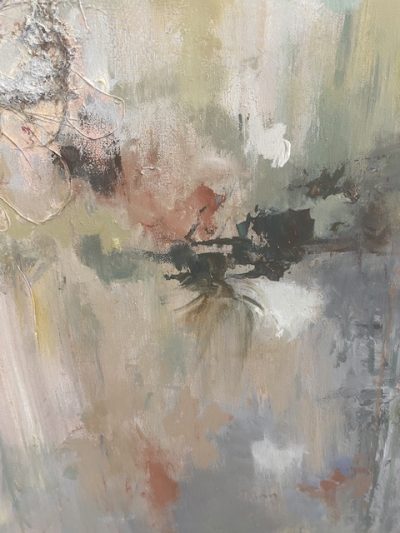 BUY
BUYFondo Marino Sant Jhon
856,00€ 27.58 X 27.58 inch -
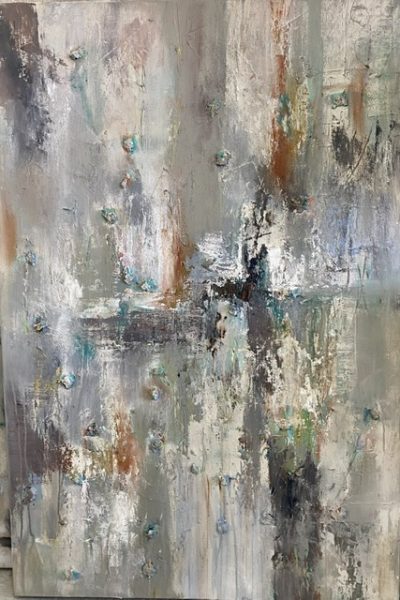 BUY
BUYOnirismo
535,00€ 39.4 X 31.52 inch -
 BUY
BUYPompeii Lands
963,00€ 35.46 X 35.46 inch -
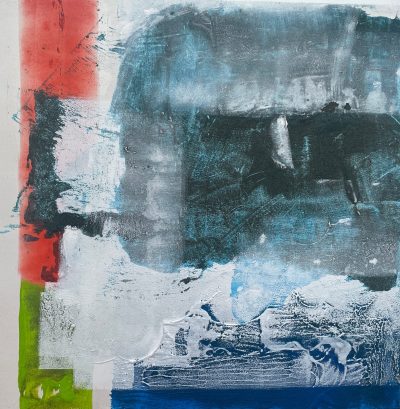 BUY
BUYMar
1.326,80€ 31.52 X 31.52 inch -
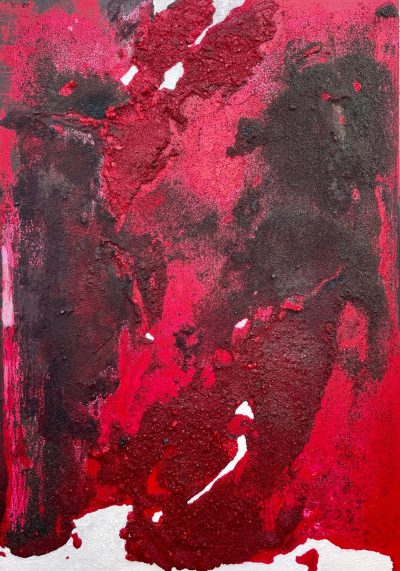 BUY
BUYLava
1.947,40€ 39.4 X 27.58 inch -
 BUY
BUYFondo Marino 1
1.733,40€ 19.7 X 51.22 inch -
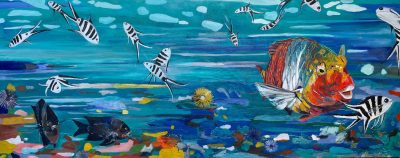 BUY
BUYFondo Marino 2
1.733,40€ 19.7 X 51.22 inch -
 BUY
BUYOleaje
963,00€ 39.4 X 27.58 inch -
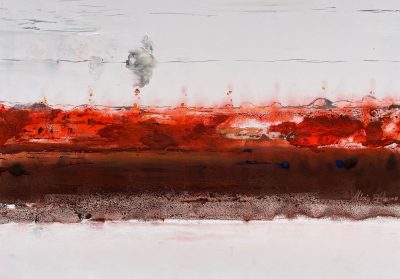 BUY
BUYLlamarada Volcánica
1.348,20€ 277.77 X 39.4 inch -
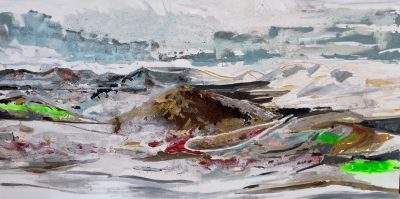 BUY
BUYTimanfaya
4.900,60€ 388.09 X 766.33 inch -
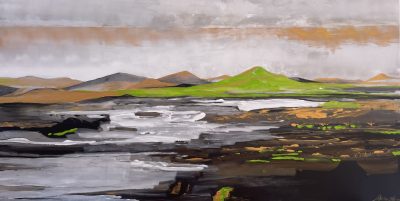 BUY
BUYMadre Tierra
3.937,60€ 388.09 X 766.33 inch -
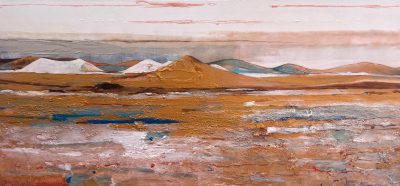 BUY
BUYDesierto Volcánico
2.546,60€ 27.58 X 59.1 inch -
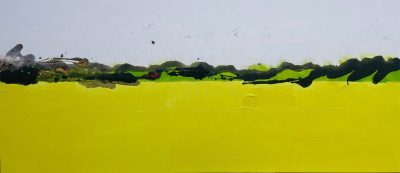 BUY
BUYLámpara de lava
3.177,90€ 29.55 X 66.98 inch -
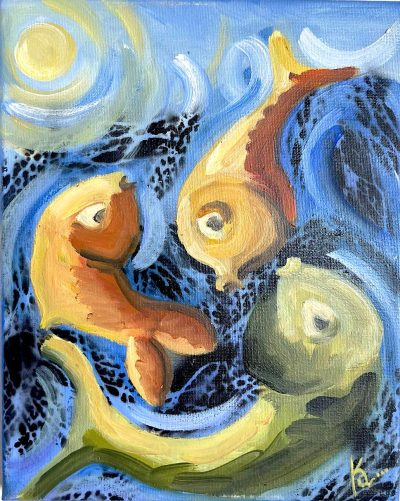 BUY
BUYEncuentro
160,50€ 11.82 X 9.46 inch -
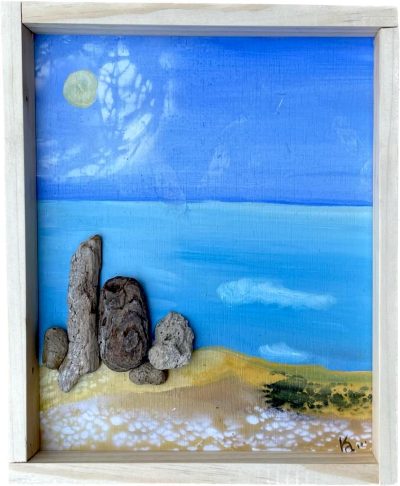 BUY
BUYCosta con tuno.
85,60€ 8.27 X 6.3 inch -
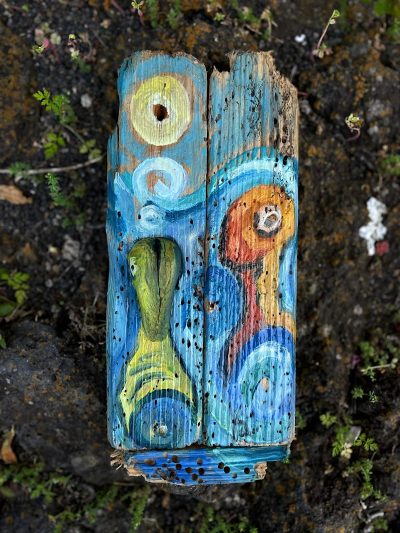 BUY
BUYDos siguiendo la luna
139,10€ 9.06 X 4.73 inch -
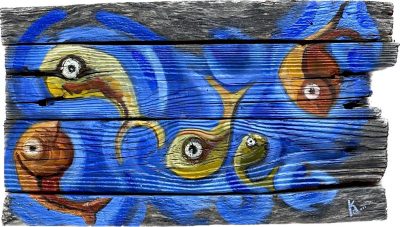 Read more
Read morePeces varios II
235,40€ 12.61 X 20.49 inch -
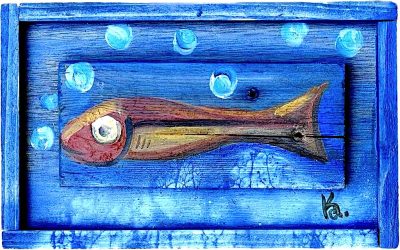 Read more
Read morePez con tunos
64,20€ 5.52 X 9.06 inch -
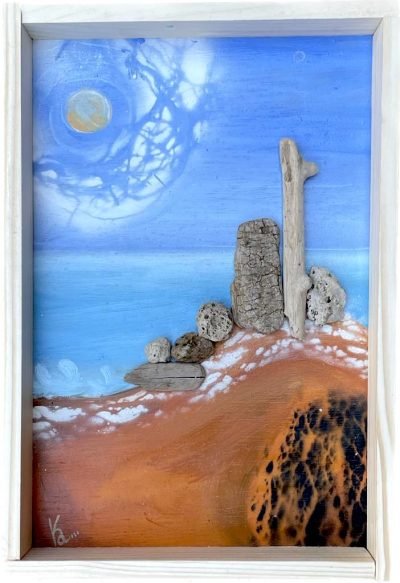 BUY
BUYCosta con tuno III
107,00€ 11.82 X 8.27 inch -
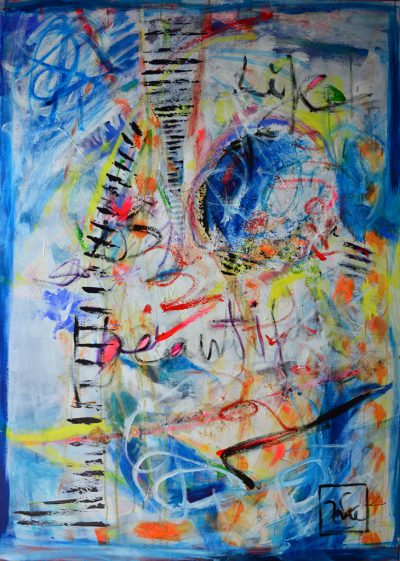 BUY
BUYLife Is Beautiful
6.420,00€ 55.16 X 39.4 inch -
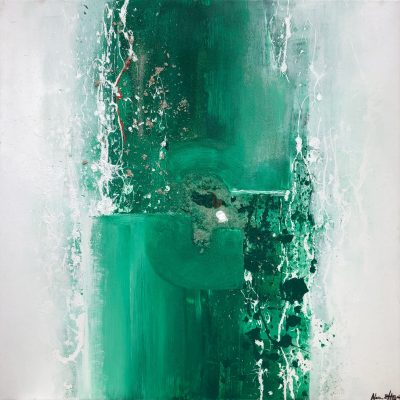 BUY
BUYFuego frío
3.049,50€ 31.52 X 31.52 inch -
 BUY
BUYOtoño Onírico
428,00€ 20.88 X 20.88 inch -
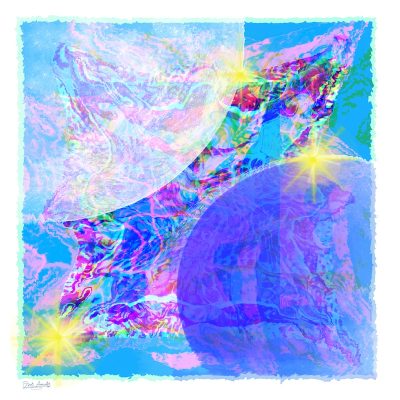 BUY
BUYEspacio Profundo
428,00€ 20.88 X 20.88 inch -
 BUY
BUYArlequín de la buena fortuna
642,00€ 65.4 X 17.73 inch -
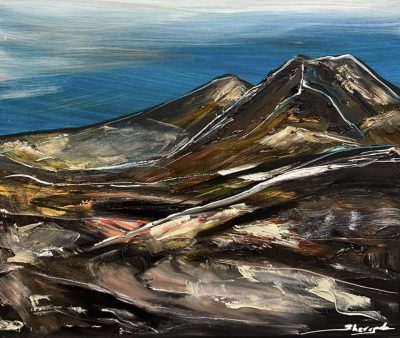 BUY
BUYVolcán de La Geria
1.712,00€ 19.7 X 23.64 inch -
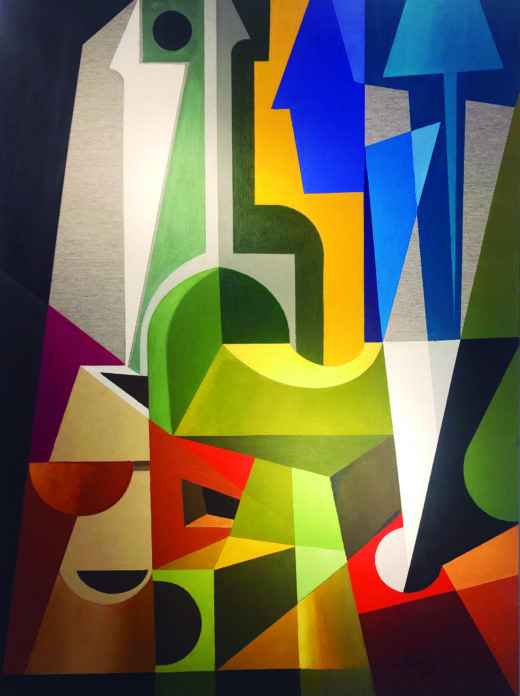 BUY
BUYForm V series
11.984,00€ 51.22 X 38.22 inch -
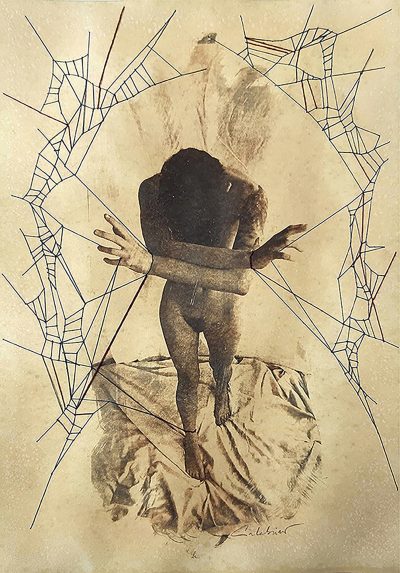 BUY
BUYRagnatela (telaraña)
2.140,00€ 39.4 X 27.58 inch -
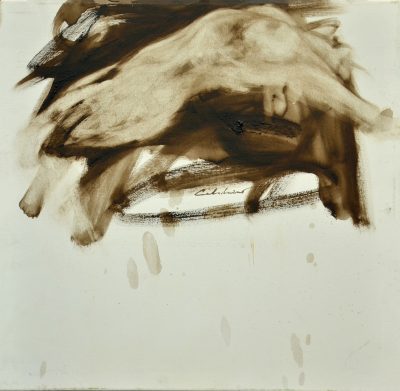 BUY
BUYContro i limiti
856,00€ 23.64 X 23.64 inch -
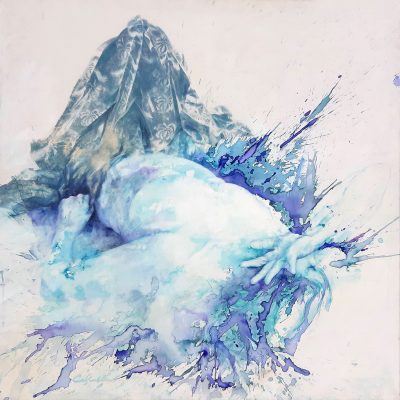 BUY
BUYDire Di No (decir NO)
2.675,00€ 47.28 X 47.28 inch -
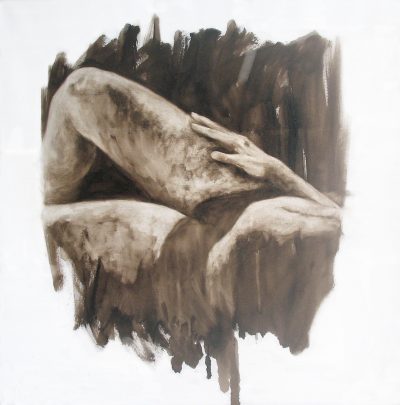 BUY
BUYSerena
1.712,00€ 31.52 X 31.52 inch -
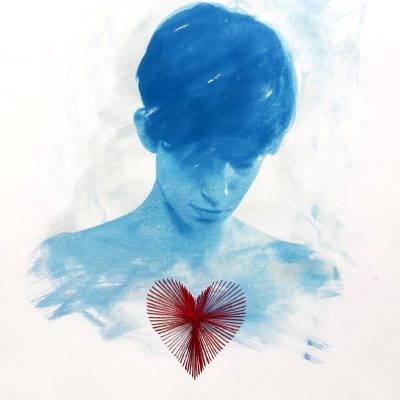 BUY
BUYSagrado tu Corazón de Mujer
642,00€ 9.06 X 9.46 inch -
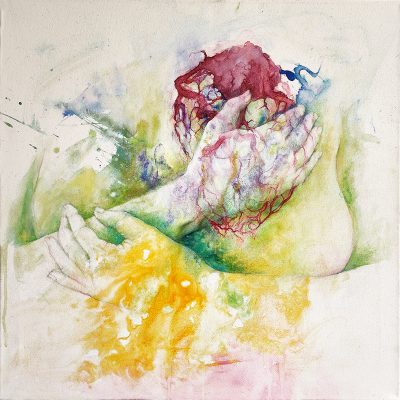 BUY
BUYAbbracciarmi
1.605,00€ 23.64 X 23.64 inch -
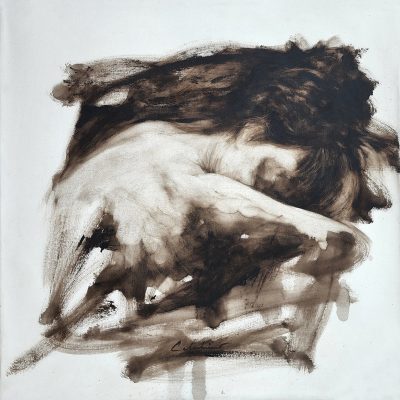 BUY
BUYPomeriggio (Dormitando)
1.605,00€ 23.64 X 23.64 inch -
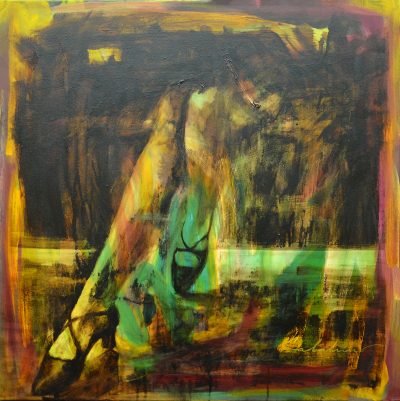 BUY
BUYEsperando en la milonga
1.048,60€ 27.58 X 27.58 inch -
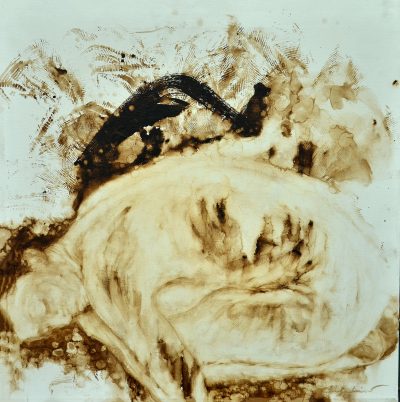 BUY
BUYRecuerdos
749,00€ 19.7 X 19.7 inch -
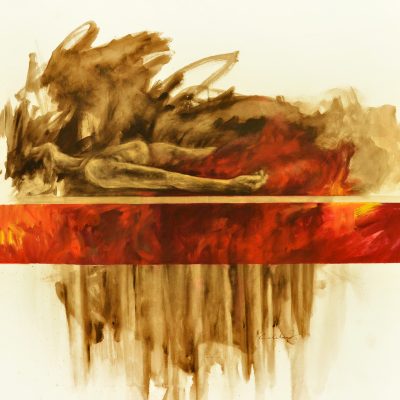 BUY
BUYSpírito
2.140,00€ 39.4 X 39.4 inch -
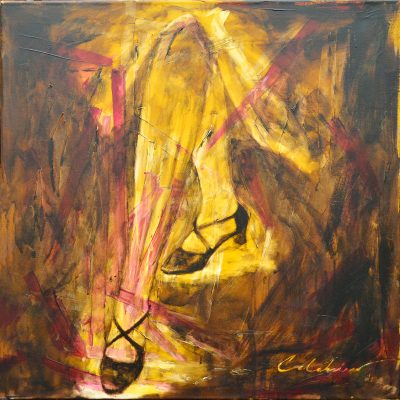 BUY
BUYEn la pista
1.048,60€ 27.58 X 27.58 inch -
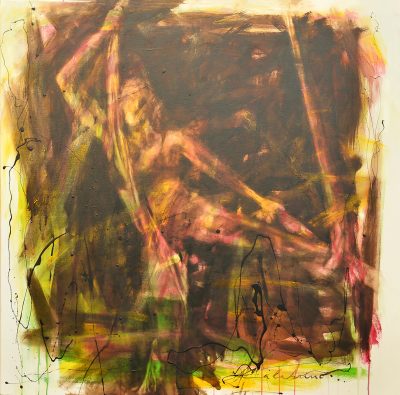 BUY
BUYTestare la resistenza
2.140,00€ 39.4 X 39.4 inch -
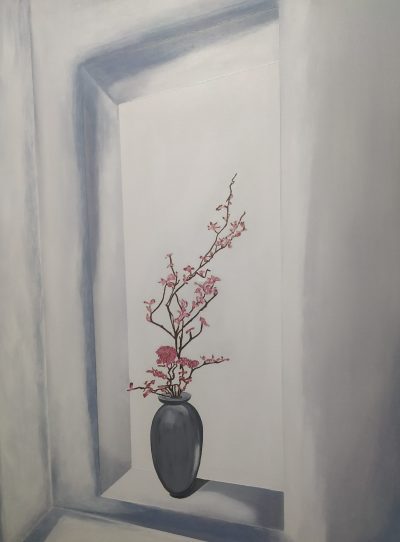 BUY
BUYMoon Light
2.675,00€ 36.25 X 29.16 inch -
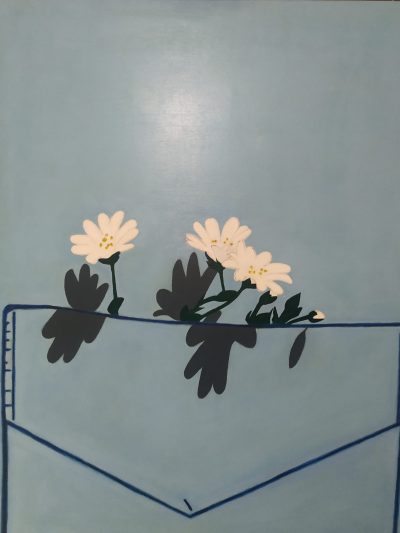 BUY
BUYMemories
1.605,00€ 36.25 X 29.16 inch -
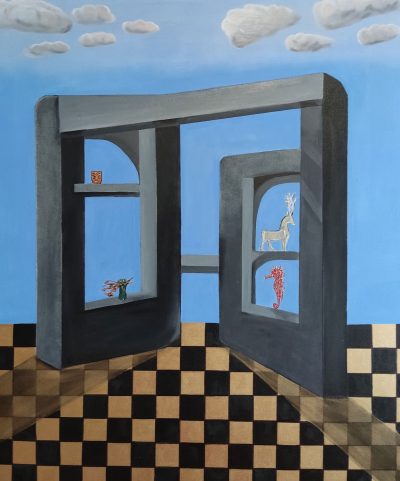 BUY
BUYA thousand miles away
3.531,00€ 39.4 X 31.91 inch -
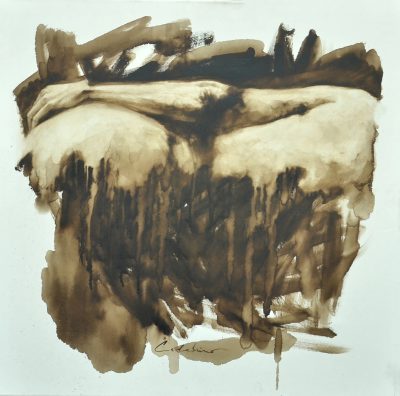 BUY
BUYDescanso
2.140,00€ 31.52 X 31.52 inch




